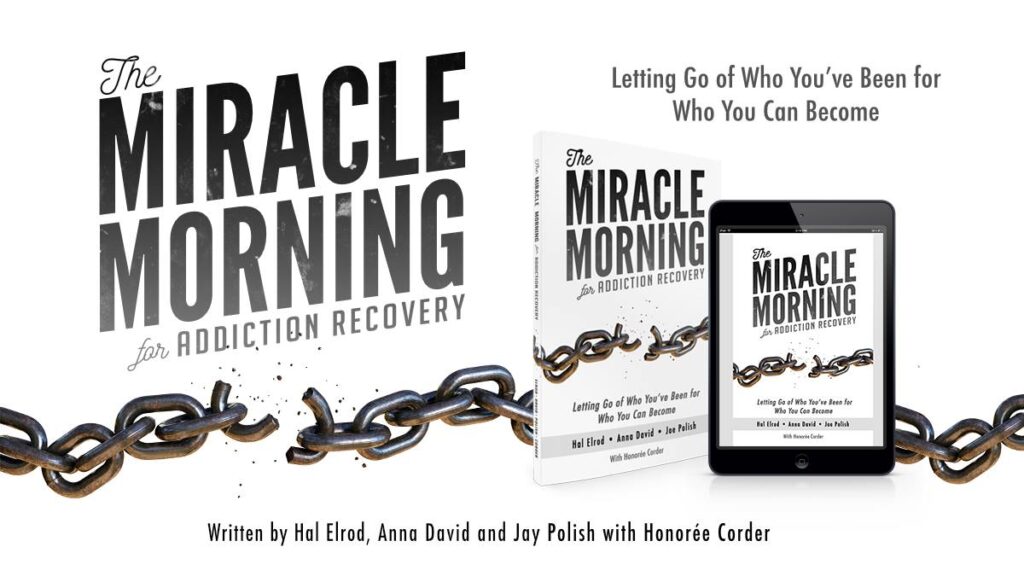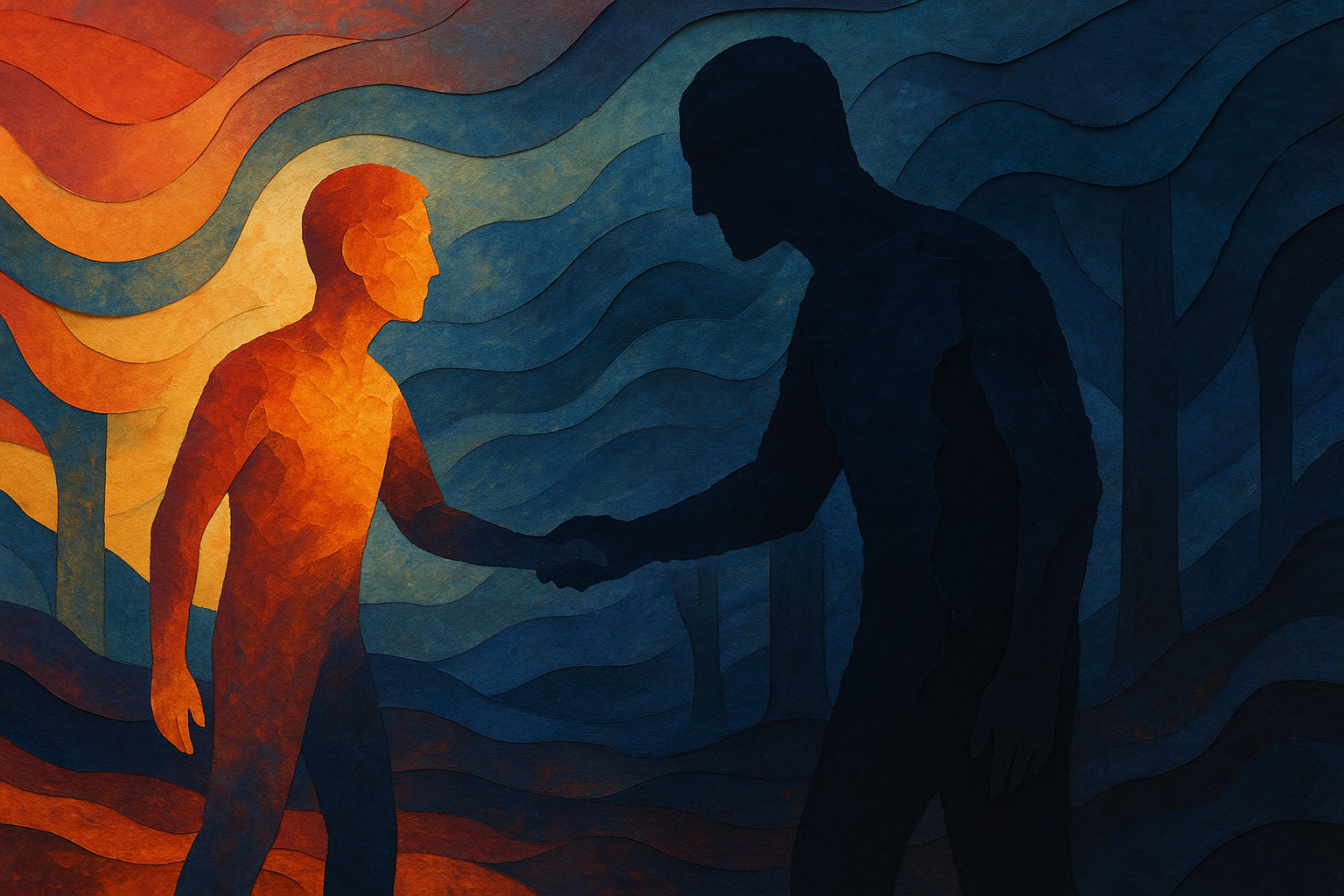If there’s one word that encompasses what we believe is crucial when it comes to recovery, it’s community.
The great impact community has on addiction and recovery is actually a proven fact. In the late ‘70s, a Canadian psychologist named Bruce K. Alexander decided to test his hypothesis that addiction is caused by environment and a lack of community—as opposed to the availability of drugs. For his experiment, he built an enormous rat colony that was 200 times the size of a typical cage. He gave those lucky rats everything a young (or old) rat could dream of: yummy food, balls to play with, tin cans, wood chips, platforms and running wheels galore. But the best treat of all? They got plenty of exposure to members of the opposite sex, not to mention places where they could get down (that is, mate). In this Rat Park of every rat’s dreams, Alexander placed two dispensers—one that contained morphine and another that was straight-up H20. With those rats happily ensconced in Rat Heaven, he set about placing some less-lucky rats alone in individual cages with access to the same amount of morphine and water, but the only interaction they ever got was with the people who brought them food and water. They couldn’t exercise, play or—well, forget mating…they couldn’t so much as have a brief catch-up with a pal.
Here’s what happened: the rats who were living in isolation got hooked on morphine while those who were luxuriating in Rat Park sampled the morphine only occasionally. In one experiment, the individually caged rats in fact drank nineteen times more morphine than the park dwellers. Take that in, please. Then fantasize about what your personal version of Rat Park might include, because that’s pretty fun. (On our list: Wi-Fi, chocolate, peanut butter and hammocks, to start.)
In another experiment, Alexander offered those sad, solitary caged rats only morphine to drink. After fifty-seven days, they were then transferred to Rat Park, where there was both morphine and water on tap. One might think, since they’d been getting high for almost two months, those rats would stay on drugs. But they didn’t. While they did show original signs of dependence, they eventually opted to forgo the morphine for the water.
Now, this doesn’t mean that if you place an active addict in a luxurious spa, replete with delicious food and hourly massages, that person will suddenly become drug-free. But it does suggest that environment matters—a lot. And it means that having a community is crucial.
As Alexander wrote, “Solitary confinement drives people crazy; if prisoners in solitary have the chance to take mind-numbing drugs, they do.”
Of course, recovery doesn’t end when we put the plug in the jug. This means that a positive social environment isn’t only important when getting off drugs or alcohol. It’s just as important—if not even more important—once we’re in recovery.
Is Everything We Know About Addiction Actually Wrong?
In 2015, a British journalist named Johann Hari hammered home the significance of community with his TED Talk, “Everything You Think You Know About Addiction Is Wrong.”
Although his beliefs—that punishing addicts only worsens addiction—weren’t new, no one had ever articulated them so well. The talk focused not only on Bruce Alexander’s work but also on the “human” version of it—that is, the Vietnam War, where 20 percent of troops were using heroin and 95 percent of them quit afterwards. As Hari put it, humans have “an innate need to bond” and if they don’t have other humans around to bond with, they will latch onto whatever’s there. As Hari put it, “The opposite of addiction isn’t sobriety; it’s connection.”
Joe’s Community
It’s not hyperbole to say that Joe’s entire life is built around having a community. As the creator of the world’s highest-level marketing group, Genius Network, Joe gathers the world’s top entrepreneurs, best-selling authors, and industry innovators for regular meetings. These occasions have not only featured talks by people like Richard Branson, Tony Robbins, Dr. Gabor Mate, John Mackey, Brendon Burchard, Neil deGrasse Tyson, Ariana Huffington, Peter Diamandis, Dan Sullivan, Randi Zuckerberg, JP Sears, Tim Ferriss, John Hagelin, and Steve Forbes, but also provide one of the greatest opportunities for high-level business people to commune.
Joe is currently building Genius Recovery, a community that will do for people in recovery what Genius Network does for entrepreneurs. Made up of a blog, podcast, resources and more, Genius Recovery is connected to Joe’s other recovery project, Artists for Addicts. The philosophy behind Artists for Addicts is to use art as a “force for good” to not only help people who have developed addiction problems but also to increase understanding about what addiction actually is, where it comes from and how to truly heal it. Artists for Addict’s first project is Black Star, a painting created by Artists for Addicts co-founder Jon Butcher as a tribute to famous people lost to addiction. (If you’re interested in purchasing a print of Black Star, go to Artists for Addicts.)
Anna’s Community
For Anna, entering rehab and then 12-step rooms revolutionized her life. She had spent the previous few years holed up in her apartment, with only cats and cocaine for company, and to suddenly be among the living was a revelation in itself. The fact that those people were talking about feelings she’d had but hadn’t known how to articulate, and that they were sharing them in intelligent and occasionally amusing ways, opened her up to connecting with other people in a way she never had. Suddenly, she wasn’t picking her friends based on how willing they were to drive across the border to Mexico to buy sheets of Xanax at a willing Mexican farmacia, but by whether or not they were honest and funny and interested in looking at themselves and growing. Anna had gotten so isolated in her addiction that being easily granted a group of people made facing all the other changes she had to deal with in early sobriety far less terrifying.
While her friends have changed over the years—her “picker” was a bit broken after years of active addiction, so she originally found herself drawn to some less-than-healthy people—maintaining a community has continued to be one of her priorities. After years of isolation during her active addiction, she was actually shocked to discover that she’s a people person. While she relishes time alone, it was in early sobriety that she realized she loved and in fact needed to be around people to stay mentally healthy.
Because she was living in a New York studio apartment for several years when she was writing books, making sure she was part of a community required extra effort. This meant, when she was writing her memoir, Falling for Me, going to coffee shops where she could be around people even if she wasn’t talking to them. This is also when she implemented “Project Study Hall,” which is what she called it when she got together with friends to sit together working side-by-side—taking, of course, regular breaks to chat.
Today, she works out of a shared office space. She also does workouts that involve group bonding (hip hop dance class with a group of people that hang out together outside of class). And although she’s inarguably tone deaf—and there are terrifying Instagram videos out there to prove it—she plans karaoke nights; when she was the editor of a website and had a team under her, she actually called karaoke nights “staff meetings” so that all her employees would attend. Without realizing it, Anna was following Tibetan Buddhist Pema Chodron’s recommendation to “liberate [yourself] from confusion” by doing “non-habitual” things like singing or dancing.
The truth is many addicts and alcoholics have a tendency to isolate when they’re depressed or triggered or tired. While recharging by spending time alone is crucial, there’s a fine line between replenishing energy reserves and having an exclusive and seemingly satisfying relationship with Netflix. It’s therefore important to prioritize being around other people—whether that means joining a hiking club, soccer league, community theater or church choir. It’s even better if you can do it with other people who are in recovery or focused on creating better lives for themselves. This doesn’t mean you need to surround yourself with an army of sober people because otherwise you’re destined to go off the rails, just that addicts can get in their heads, thus it’s best not to spend too much time alone.
Here’s a tip we’ve figured out over the years: if you’re wondering if you’re isolating, you probably are. Think about Rat Park and find your own version of wood chips, platforms, running wheels, tin cans—and, of course, people.
Reprinted with permission from The Miracle Morning for Addiction Recovery: Letting Go of Who You’ve Been for Who You Can Become, copyright 2018, All Rights Reserved. To get an audio version of the book for free, click here



